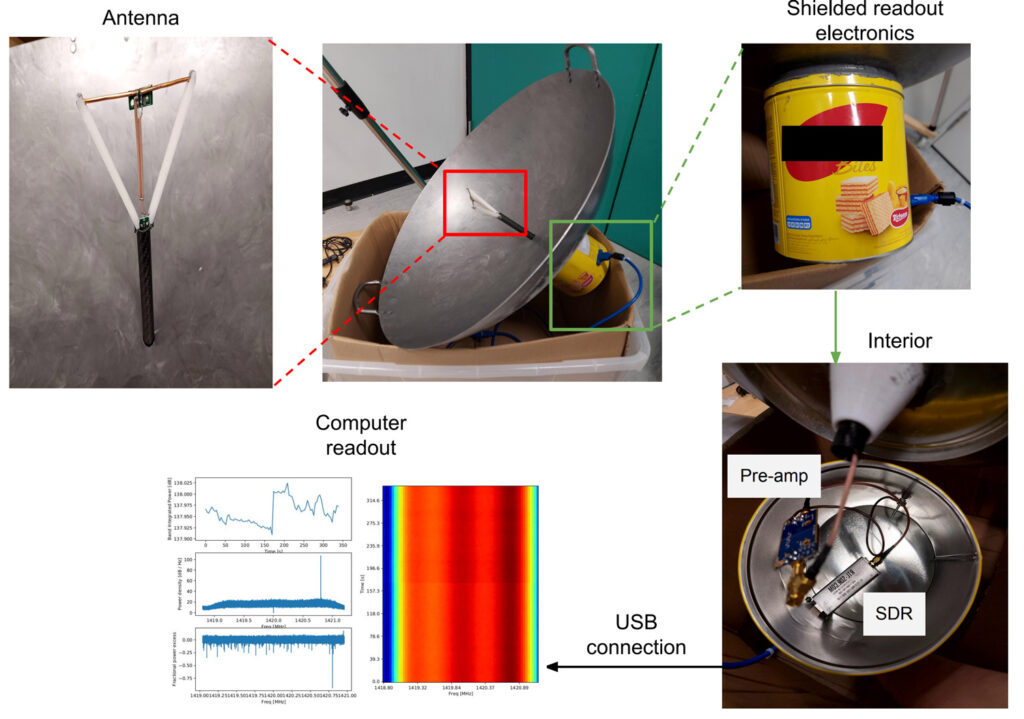Thank you to Chris (NNN0BOC) for writing up a glowing review of the RTL-SDR Blog V4. In the review Chris covers the enhancements that the VB4 brings to the HF bands, the driver replacement, and tests it out on various signals such as STANAG S4285, HF FAX, HFDL, GMDSS, MilSpec 141A ALE and various SWL bands. In his tests he uses SDR-Console V3, of which there is now a beta version that has built in support for the RTL-SDR Blog V4 (scroll down the page to find the V3.3 beta download).
Chris makes note that the RTL-SDR Blog V4 does not have the Nyquist aliasing problem that occurs in the RTL-SDR Blog V3 and other RTL-SDRs that enable HF reception through direct sampling. Nyquist aliasing on the RTL-SDR means that signals will be folded around 14.4 MHz. So for example a real signal at 8 MHz would also show up on 14.4 + (14.8 - 8) = 20.8 MHz and vice versa. The lack of Nyquist aliasing makes for a much cleaner spectrum.
Chris summarizes with the following:
I must admit I spent _a lot_ of time just looking at the beauty of HF with the V4, watching all the crazy goings-on, the weird sweepers and random signals popping up and disapearing.
I didn't run into any dynamic range issues or stability issues stemming from the V4, I wondered if I would have to perhaps place the RTL SDR AMBC Filter in line to suppress the many AMBC signals always present, never had a prob. The 120+ foot horizontal loop antenna feeding the V4 only has a 30MHz lowpass filter in line to hinder any rf that impinges upon it.
For such an inexpensive and tiny device, and free-to-use software, the capabilities are really kinda amazing. I now want an RTL SDR embedded into a cheap phone to use as a spectrum display on non-sdr HF receivers!
The V4 seems to atone for some of the sins of the V3, especially on HF with specific regard to Nyquist aliasing, have no fear tuning above 14.4MHz dear friends, this thing won't be making aliases unless you are overloading it.
At this time I can't think of a better value for the money when shopping for an SDR to use with a pc or phone in the sub - $50 price range.

We note that the RTL-SDR Blog V4 dongle only is currently in stock on our store from our international shipping warehouse, and the V4 dongle + antenna set will be in stock in about a weeks time.

